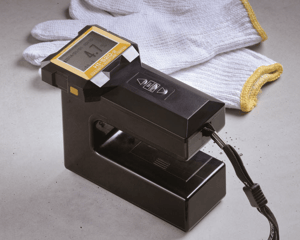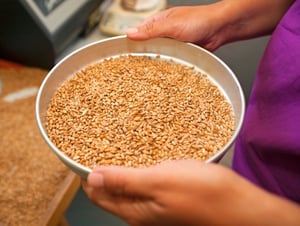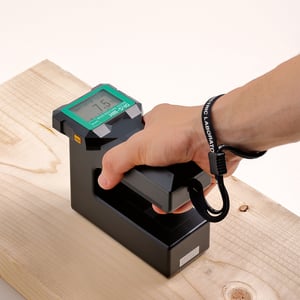 “The important thing is not to stop questioning. Curiosity has its own reason for existing.”
“The important thing is not to stop questioning. Curiosity has its own reason for existing.”
― Albert Einstein
Whether you’ve just begun to research analytical tools for measuring moisture or are searching how to improve your current moisture testing process and procedures, identifying your specific challenge is the first step in discovering which moisture meter is best for you. What are the challenges you’re facing in measuring the moisture content of your product? Do any of these sound familiar?
My current moisture measurement process is:
- Too time consuming for the volume of products I need to measure.
- Lacking in accuracy or reliability.
- Can’t justify replacement because the ROI isn’t adequate.
- Not functional due to a poor relationship with the instrument vendor.
- Poorly suited for the materials and products I need to test.
While, in some cases, there are specialized questions, unique to measurement requirements, we’ve found that most analysts who come to us need the fundamental concepts of instrumentation explained. For this reason, we’ve put together a FAQ forum full of answers to the most commonly asked questions we hear to help you navigate a solution to your moisture measurement challenge.
Today, our discussion will focus on moisture analyzers, though many of these concepts are essential for anyone looking to improve their understanding of test instrumentation in general. Determining the moisture content (water) of a product is critical throughout each step of the manufacturing process as well as through each distribution step in agricultural industries. Over time, different moisture measurement methods have developed, some of which are necessary for basic moisture measurement, but too limited in scope for larger operations needing immediate, accurate results. The most popular of these are the Karl Fischer (KF) titration and Loss-on-Drying (LOD) methods.
To keep it simple, we’ve taken a moment to glean answers to a couple of the best questions from our FAQ forum to help you understand how updating your instrumentation eases the burden of two common challenges: maximizing time efficiency and improving test accuracy and reliability. Read on to find out how NIR technology might make your life just a little easier. (We promise!)
Time: How can an NIR moisture analyzer optimize operations?
One of the most common complaints we hear is that lab managers and those responsible for testing quality are spending anywhere from 15-30 minutes per test. If a sample needs to be taken from the process line (or field) to the lab, the time to perform a single test can cost hours of time that could be spent more efficiently. Loss-on-drying (LOD) operates on the principle of measuring moisture lost in evaporation. The product is dried in an oven or a moisture balance. Each test requires waiting for the product to dry between measurements. Karl Fischer titration measures water by using chemical reagents to separate the water from the other materials and is a fantastic standard for use as a reference method, or primary test. Howeer, KF tests require operators adept at performing chemical analyses, as well as taking at least fifteen minutes per test.
NIR moisture analyzers require only 10 seconds between each test, with no time needed for the sample preparation or cleanup found with KF and LOD methods. NIR moisture analyzers designed for the process line provide the operation with instant, real-time readings of the moisture via data outputs. Plus, anyone can learn to use one in under five minutes.
Accuracy & Reliability: How does NIR technology compare with standard tests?
LOD tests are noted by the NIH to differ greatly in effectiveness, which results in bias. Whether measuring plastics, feedstuffs or other food products, bias reduces the effectiveness of each test, reducing the confidence in optimizing moisture targets and, thereby, maximizing manufacturing or fabrication processes. While KF tests are extremely accurate for the samples they can measure (a few milligrams), it is impossible to get a quick, simple representative average moisture of your product with KF, particularly if it is a dense or heterogeneous substance.
A primary test is necessary to initially implement NIR moisture measurement technology, due to a need to calibrate the machine with known reference points. Once the calibration is set, as long as the product remains compositionally and structurally standard, the machine remains accurate to 0.001% for the lifetime of the instrument. A high quality moisture meter will spin each product sample to get a representative average and can measure any liquid or solid.
Stay tuned to upcoming blogs for more insights from the FAQ forum on how NIR moisture analyzers and updated test instruments can help you address more of your challenges. Can’t wait? Please take a moment to visit the forum and start your own discussion!


